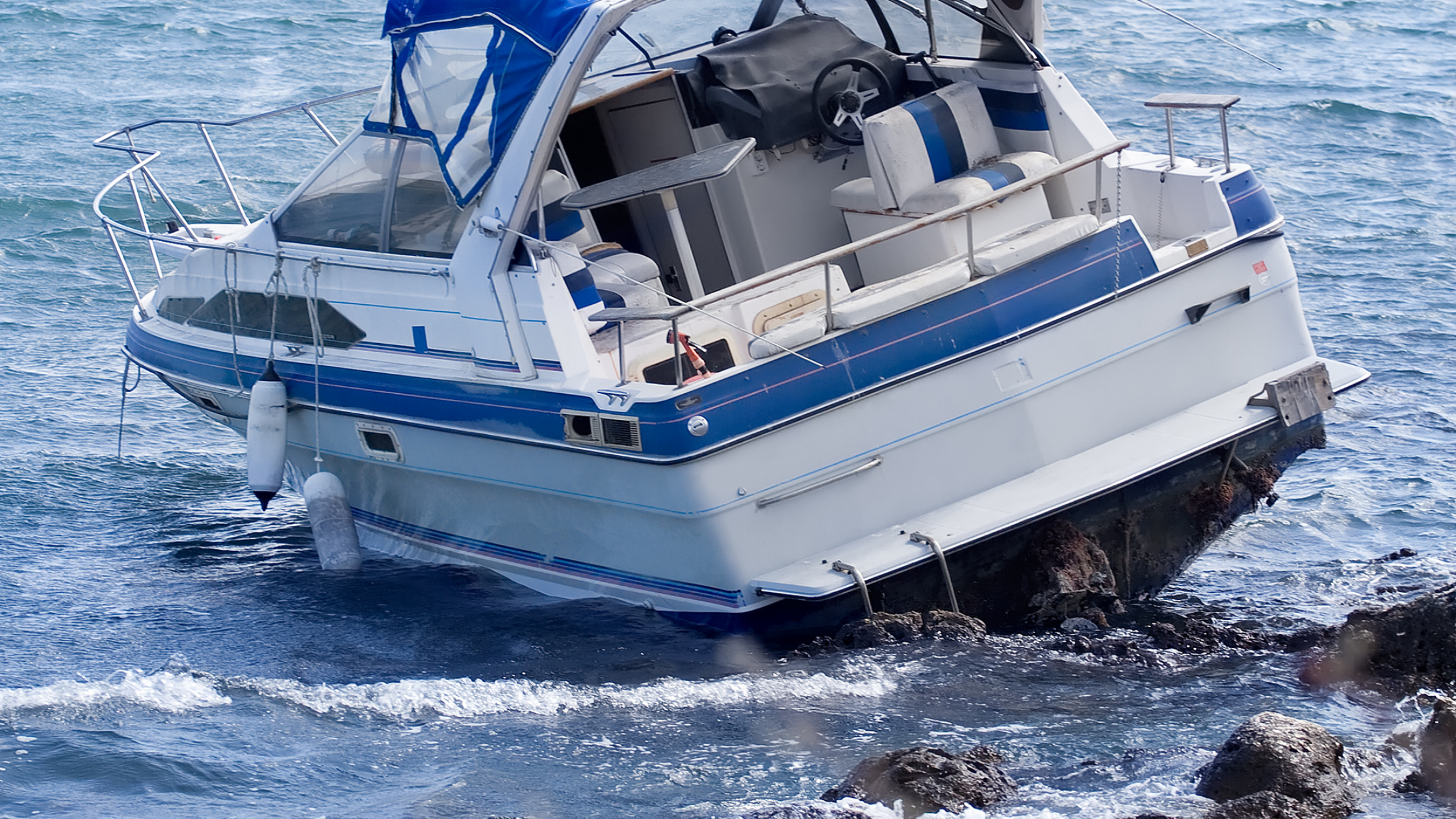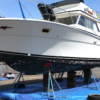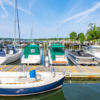
Sooner or later all boaters make mistakes. It’s in the stars. Whether you have hundreds of nautical miles under your belt, or you’re new to the water, at some point you’ll find that you’ve made a simple and preventable slipup. Hopefully a small one!
The thing with mistakes on the water is that they can have serious consequences. Luckily most are more embarrassing than dangerous. That said, many boating errors are caused by rushing, not paying proper attention, or a combination of both. The good news is that we can minimize serious mistakes, if not eliminate them altogether, by taking basic boating courses, staying focused, and always completing a pre-departure check. The truth is, as the operator, you can’t assume that someone else put in the boat plug, properly moored the boat, or pulled up the anchor. Not to mention that the U.S. Coast guard tells us that the vessel operator is always responsible for his or her actions.
Some mistakes are so common we should be on the lookout for them at all times. Here are the most common boating errors and solid suggestions on how to avoid them.
Common Boating Mistakes and How to Avoid Them
Forgetting to Check the Marine Weather Forecast
Before each and every trip, without exception, tune in to marina weather. If you don’t want to get surprised by gusty winds, rough seas and sudden storms, it will be the first thing you do. Remember that regular, land-based, forecasts won’t cut it. They usually predict lower wind speeds and no sea conditions.
To make it easy, use one of the many marine weather apps designed especially for boaters. Just upload the app and everything you need to know will be in the palm of your hand.
Neglecting to Put in the Drain Plug
This is actually a very common mistake, especially among trailer boaters. Although installing the plug is one of the most basic procedures in boating, boaters inevitably forget it. And beyond being embarrassed, you could end up with a boat full of water and in a serious situation. Unfortunately, it is not always detected right away because everything seems fine while you’re speeding along, but as soon as you slow down, the boat suddenly fills. One last thing, don’t assume the drain plug is in your boat, always check.
Failing to Keep Up with Regular Maintenance
Time flies, especially if you’re having a wonderful boating season. But putting off, or simply forgetting to keep up with your boat’s regular maintenance can have very serious consequences. The safety of your boat, all its occupants, and other boaters rest on your keeping your boat in perfect running order. In short, create a maintenance schedule and stick to it.
Overloading the boat
This is one of the most common causes of swamping, capsizing, and sinking, especially in small, open-constructed boats like a dinghy. This is less of an issue in larger boats, but if you’re taking your dinghy out for the day, don’t overload it with occupants, coolers, and gear. Make sure you know your boat’s maximum load capacity. You should be able to find this on the capacity plate, affixed to the hull on most mono-hull boats up to 20 feet in length. It will also tell you the manufacturer’s recommended maximum horsepower rating and maximum load weight the boat can safely operate at. If you can’t find the plate, contact the manufacturer.
Running Aground
This may sound like a no-brainer, but running a boat aground is quite a bit more common than you might think. It can also have varying degrees of severity depending on where you do your boating. For example, if you’re boating in an area with a soft mud or sand bottom, running aground is usually no big deal. However, if you’re in rocky water, hitting the bottom can do serious damage. Pay close attention to your area maps, know your depth and slow down when in doubt.
Hitting the Dock
Are you familiar with the saying; “never approach a dock faster than you’re willing to hit it”? If not, you’ll want to remember it. Docking a boat takes focus, and often a few helping hands. For that reason, in addition to keeping safety in mind at all times, take some time to brush up on how to dock a boat in different circumstances.
Running Out of Gas
This brings us to one of the most common mistakes boaters make – running out of gas. What many boaters fail to calculate is that fuel consumption and your boat’s range are affected by factors like water conditions and load. To make things trickier, fuel gauge readings will change as fuel sloshes in the tank – and boat fuel gauges are often not as reliable as those in cars. Here’s a formula for smart boaters: use one-third of your fuel capacity going out, one-third coming back, and save one-third as a reserve.
Getting Lost
Although thanks to modern marina electronics and navigation instruments, this happens less and less these days, boaters still get lost. Plus, any electrical system can experience glitches, so you need to always be aware of your location and how to get home regardless of what electronics you have aboard. The best way to do this is to carry appropriate and up-to-date nautical charts for the areas you travel in. Not only will these charts tell you where you are and what is around you, but also what’s under you.
Since everything’s gone digital, nautical charts are no exception. BoatUS Magazine has a great list of boater-tested and approved navigation apps.
Getting lost at night
Many boaters go out during the day and rely on recognizable landmarks to find their way back to their marina. The problem is that there’s a big difference between what the shoreline looks like during the day and what it looks like at night. Once the sun goes down, those easily recognizable shoreline features disappear and are replaced by strange and confusing lights onshore. To be safe, if you’re inexperienced at night navigation, give yourself plenty of time to get back to your marina before the sun goes down.
To learn your usual boating area at night, take a few night runs so you know what the landmarks look like after dark. And, if you find yourself out at night and unsure, use a nautical chart. A chart will tell you where the Aids to Navigation are located, how they are lighted at night, and what landmarks you may be able to see once the sun goes down. In addition, carry a VHF-FM marine band radio and call the Coast Guard or local shore patrol if you become disoriented. They may be able to use your radio signal to locate your position and reorient you.
Not Putting Out Enough Anchor Line
Probably the only thing more frustrating than a boat that won’t go is one that won’t stay put. Fail to use the proper scope (length of the anchor line) and your boat may very well drag anchor and drift ashore, into another boat, or worse yet, out to sea! Proper anchoring requires a bit of arithmetic to get right. The time-tested formula is that the amount of line needed to anchor a vessel (called scope) needs to be 5 to 7 times the depth of the water you’re anchoring in, in calm weather, plus the distance from the surface of the water to where the anchor attaches at the bow. If there are rough conditions, you’ll need to adjust the line to 10 times the depth.
Incorrectly Mooring the Boat
The biggest obstacle boaters encounter when mooring a boat, is not being able to tie a proper cleat hitch. If you don’t tie it correctly, you could find yourself standing on the dock, helplessly watching your beloved boat drift away. For that matter, when your boat is in a slip, it’s just as important to know how to correctly tie a slip knot. If it’s not tied properly, your boat could bang the dock or pilings.








